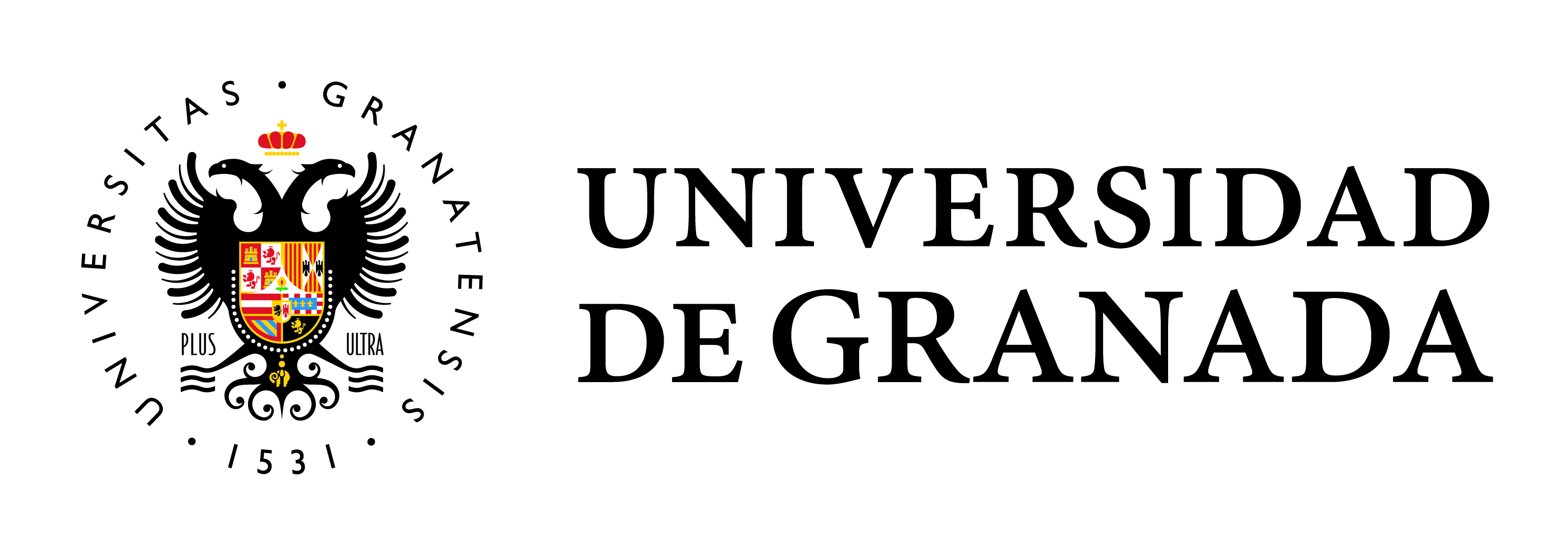Population and territorial sustainability of rural spaces in Spain and Portugal
Main Article Content
Abstract
In the Iberian Peninsula we are witnessing multiple changes in rural areas, the most evident of which are, in many cases, a prolonged loss and ageing of the population, which puts their environmental, demographic and social sustainability at risk. In recent decades, multiple policies and investments have been carried out to counteract these trends, the results of which have proved incapable of halting depopulation, abandonment of activities and loss of cultural heritage (tangible and intangible) and landscape. The demographic outlook for the rural areas of the interior of the peninsula and border areas (Iberian border) is very worrying. Population decline and ageing are reinforced by the loss of services, and lead to the abandonment of activities and a lower attractiveness compared to urban territories, making them incapable of fixing even their current population.
These circumstances justify this research. The driving element has been the recent evolution and characteristics of the population and settlement. The scope of the study is the two Iberian countries, Spain and Portugal, with notable geographical and historical similarities and with an extensive and ancient border. For this purpose, a municipal-scale database with geo-referenced demographic data (INE) has been used with the support of a GIS.


